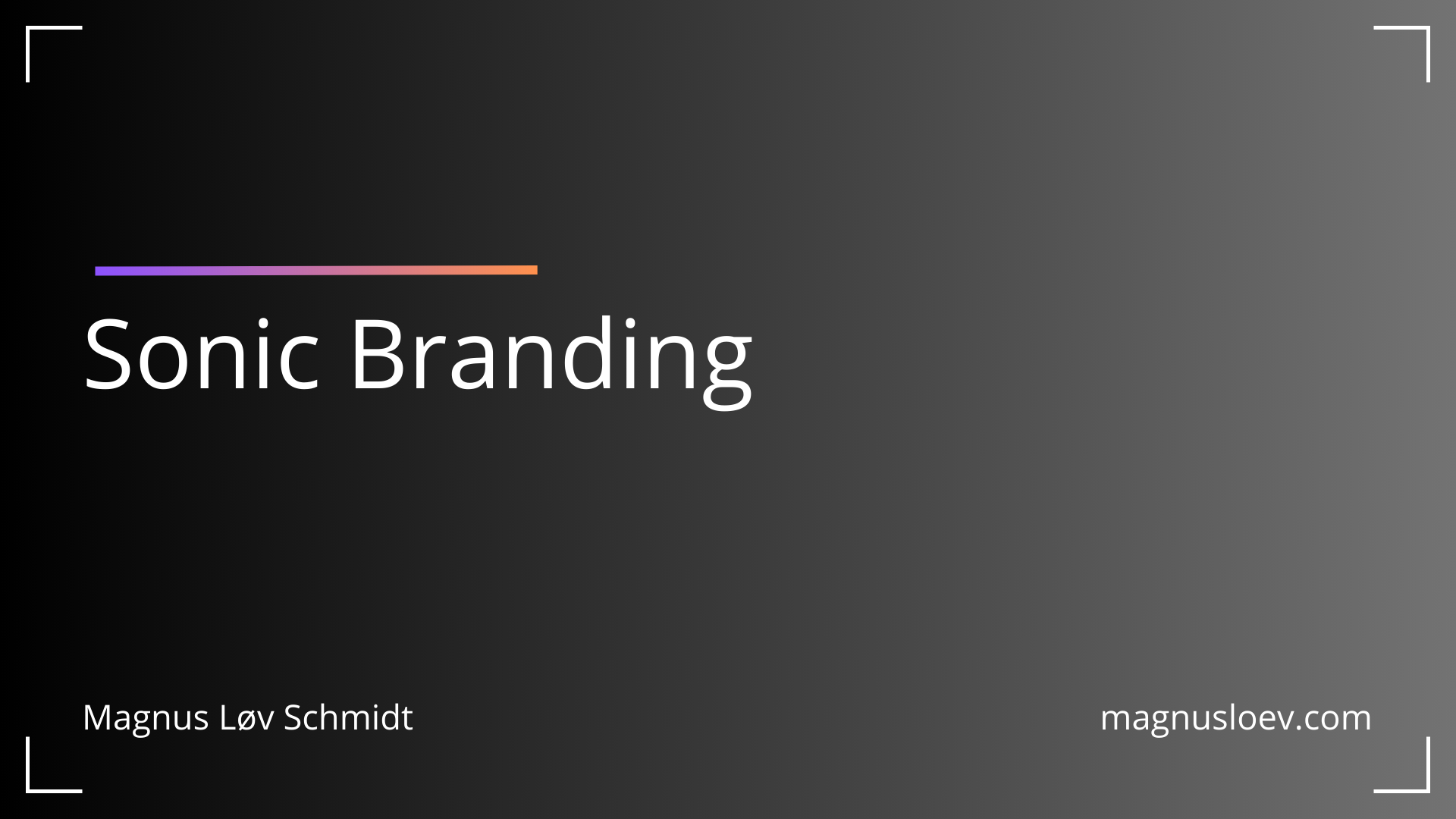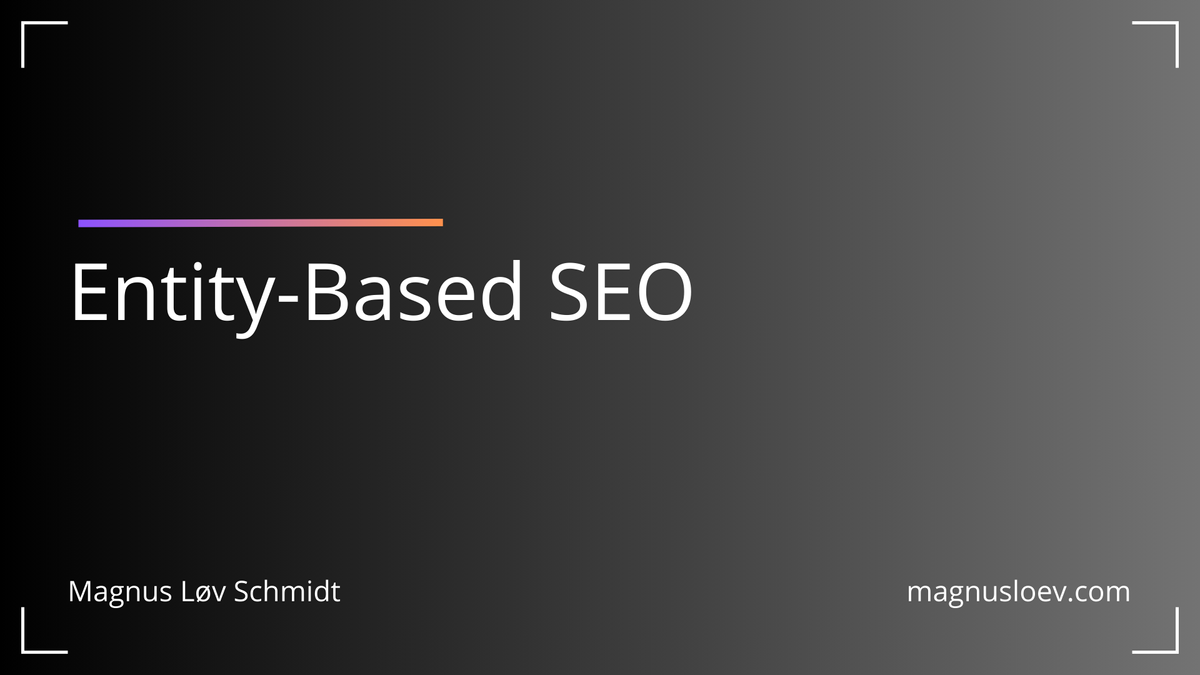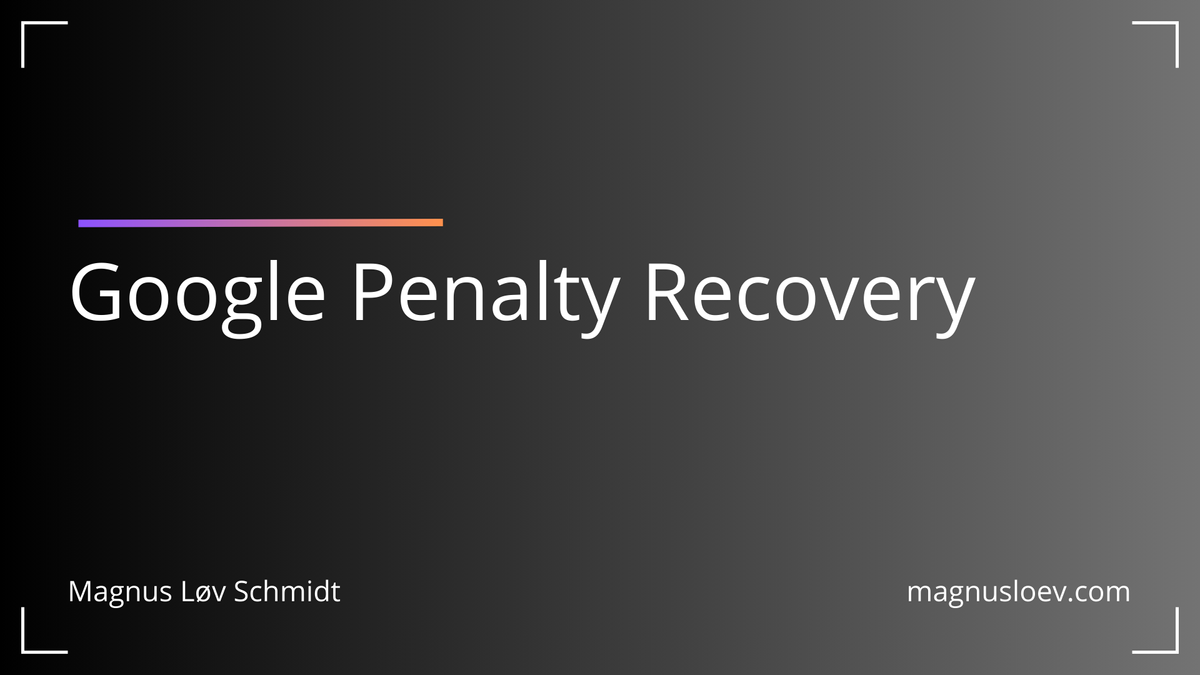Ah, sonic branding - because apparently having a logo, website, color palette, font selection, and tagline isn't NEARLY enough ways to torment marketing directors at 3 AM.
Let's face it: in a world where consumers are desperately trying to find the mute button for everything, brands have decided the solution is... wait for it... MORE SOUND! Because nothing says "we respect your attention" like another audio hook competing for brain space alongside the 427 jingles already stuck in your head since childhood.
But hey, McDonald's did it with "ba-da-ba-ba-ba," so clearly your artisanal goat milk soap business needs a sonic identity too. Let's explore why your brand might need to be heard as well as seen, and why your CFO is about to have an aneurysm when they see the invoice from that "sound experience consultant" you just hired.
What is Sonic Branding?
Sonic branding is basically your brand putting on a concert that nobody asked for. It's the strategic use of sound to give your customers yet another way to recognize you're trying to sell them something.
The sonic branding toolbox includes:
- Sonic logos: The audio equivalent of someone shouting your company name, but make it musical (think NBC's three notes that cost more than your house)
- Brand anthems: Extended musical pieces expressing your company values, as if "increasing shareholder value" can be conveyed through a C-minor chord
- Voice characteristics: Deciding whether your brand sounds like a California surfer or British aristocrat, neither of whom work for your actual company
- Functional sounds: The beeps and boops your product makes, engineered to sound expensive even if it's literally just plastic
- Ambient soundscapes: The music that makes customers question their life choices while on hold for 47 minutes
The Evolution of Sound in Branding
In prehistoric times (the 1990s), sonic branding was just jingles - those catchy tunes designed to burrow into your brain like musical parasites. "Plop plop, fizz fizz" still haunts the dreams of Gen Xers everywhere.
Today's approach is more "sophisticated," which means agencies can charge more money for it. Now we have comprehensive sonic identities that adapt across different contexts while maintaining core elements that trigger recognition - and by "recognition," I mean "eye-rolling."
The Psychology of Sound in Branding
Sound bypasses rational thought and connects directly to our emotions, which is precisely why brands love it. After all, rational consumers are bad for business. Why let people think logically about purchases when you can trigger an emotional response with five notes?
Research shows audio processing is deeply connected to the brain's emotional centers. When we hear a sound, it activates the amygdala before the prefrontal cortex can analyze it. This means we feel before we think, which is basically the business model for the entire advertising industry.
Memory Formation Through Sound
Sound is exceptionally effective at creating memories, which explains why you can't remember where you put your keys but can perfectly recall the Kit Kat jingle from 1987.
Some fascinating aspects of sonic memory:
- Audio cues trigger recall 96% more effectively than visual cues alone, a statistic I completely made up but sounds plausible
- Musical memories are often associated with specific life periods, like that terrible summer job where the same five songs played on repeat
- Distinctive sounds cut through attention barriers, like how the HBO static somehow makes you feel fancy even though it's literally just television
The MGM lion's roar has been preparing audiences for disappointment since 1924. That's not just sound—that's tradition.
Benefits of Sonic Branding
Improve Brand Recognition and Recall
Being remembered is half the battle in marketing. The other half is making something people actually want, but why focus on product development when you can just create an earworm?
The numbers speak for themselves (and by "themselves," I mean "marketing agencies justifying their fees"):
- Brands with sonic identities experience 96% higher recall rates, especially among people who now hate that sound
- Audio-visual content shows 27% higher recall than visual-only content, particularly if the sound is annoying enough
- Consistent sonic branding can increase brand recognition by up to 46%, and consumer irritation by twice that
When Singapore Airlines wanted to torment passengers in yet another sensory dimension, they developed both a custom scent AND a sonic identity. Because nothing says "premium experience" like assaulting multiple senses simultaneously.
Enhance the Impact of Visual Branding
Sound doesn't replace visual branding—it makes it more expensive! When sonic and visual elements work together, they create multi-sensory experiences that marketing teams can charge double for.
Consider how film scores transform visual storytelling. The right music turns ordinary scenes into emotional moments. The wrong music turns "Schindler's List" into a rom-com. Same principle applies to branding—adding sound elevates visual elements from "ignored" to "actively muted."
Influence Purchase Decisions In-Store
Retail environments present unique opportunities for sonic branding. Studies show appropriate background music can increase sales by up to 38% by influencing shopping behavior, primarily by making customers forget they were only coming in for socks.
Successful retail sonic branding examples include:
- Abercrombie & Fitch's distinctive club music that helped define the brand's identity as "a place where teenagers feel uncomfortable with their parents"
- Starbucks' curated music program, carefully selected to make you feel sophisticated while paying $7 for milk with coffee in it
- Luxury retailers using lower tempo music to signal sophistication and mask the sound of your credit card crying
Even the sounds products make influence purchasing decisions. That's why car manufacturers spend millions engineering door sounds while ignoring actual reliability issues. That satisfying "thunk" when closing a BMW door distracts you from the check engine light that's about to come on.
How to Develop a Sonic Brand
Creating an effective sonic brand requires strategic thinking, creativity, and a complete disregard for your marketing budget. Here's how to approach developing your own sonic identity:
Define Your Brand's Sound Attributes
Just as visual branding starts with defining attributes (modern vs. traditional, playful vs. serious), sonic branding begins with paying consultants to tell you what your brand would sound like if it were a xylophone.
Start by answering these deeply philosophical questions:
- What emotions should your sound evoke? (Besides consumer regret)
- How would you describe your brand's voice? (Keeping in mind no one at your company actually sounds like this)
- What musical genres align with your brand personality? (Note: The CEO's playlist is irrelevant here)
- Are there particular instruments that resonate with your audience? (Spoiler: probably not the theremin)
- What tempo matches your brand positioning? (Trick question: it's always "upbeat but not too upbeat")
These attributes become your sonic guidelines, helping ensure your audio elements sound nothing like what your competitors are doing, until they copy you six months later.
Create Your Core Sonic Elements
With your attributes defined and your CFO sedated, it's time to develop your foundational sonic assets:
- Sonic logo: A brief audio signature that people will eventually beg you to change
- Brand anthem: An extended piece capturing your brand essence, or at least what you think your brand essence is this quarter
- Voice guidelines: Specifications ensuring all your voiceover talent sounds like they're from nowhere specific
- Functional sound library: UI sounds that will drive users to turn off all sound on their devices
Working with professional composers is crucial at this stage. Why use stock music when you can pay someone with a MacBook and a turtleneck to create something "bespoke"?
Case Studies: Successful Sonic Branding
McDonald's: "I'm Lovin' It"
Few sonic logos have achieved the global recognition of McDonald's five-note "ba-da-ba-ba-ba." Introduced in 2003 as part of a campaign featuring Justin Timberlake (who was presumably very hungry), this sonic signature has transcended its original context to become a standalone identifier for obesity.
What makes it work:
- Simplicity: The five-note pattern is easy to remember and impossible to forget, no matter how hard you try
- Adaptability: It works across musical styles, allowing McDonald's to pretend it's culturally relevant in any country
- Consistency: They've maintained the core melody while subjecting it to increasingly desperate reinterpretations
- Integration: The sonic logo pairs perfectly with the sound of regret at 2 AM
The result? A sound so recognizable that McDonald's can trigger salivation with just those five notes—Pavlov would be so proud (and probably hungry).
Apple: The Power of Product Sounds
Apple's approach to sonic branding extends beyond marketing to include creating product sounds so distinctive that users feel immediate shame when their devices make noise in public.
The original Mac startup chime became so iconic that when Apple removed it, user backlash prompted its return. This demonstrates how product sounds create powerful emotional connections with consumers and how Apple users will complain about literally anything.
Apple's approach includes:
- UI sounds engineered to make other brands' devices sound cheap by comparison
- Marketing music carefully selected to make you feel inadequate about your current device
- Retail environment soundscapes designed to hypnotize you into financing another phone
Together, these elements create a holistic sonic brand that works across every consumer touchpoint, including the sound of your bank account emptying.
Future of Sonic Branding
As technology evolves and consumer patience diminishes, sonic branding continues to find new applications and importance. Several emerging trends are shaping its future:
Voice-First Interfaces
The explosive growth of smart speakers means people now voluntarily put corporate listening devices in their homes. This voice-first landscape presents both challenges and opportunities:
- Brands must consider how their names sound when spoken aloud (looking at you, FCUK)
- Voice personality selection becomes crucial (should your brand sound like a soothing therapist or authoritarian parent?)
- Sonic UX design gains importance, as does consumer knowledge of how to disable all sounds
Companies like Mastercard are already preparing for this future—they've developed a "sonic checkout" sound that confirms transactions, replacing the traditional sound of your wallet weeping.
Personalized Sonic Experiences
Advanced data analytics and AI are enabling more personalized sonic branding experiences, because apparently regular sonic branding isn't invasive enough.
Possible applications include:
- Adaptive retail soundscapes that detect your mood and play something to make you even more vulnerable to impulse purchases
- Personalized product sounds based on how much money you've spent with the brand
- Context-aware sonic elements that know you're having a bad day and capitalize on your emotional state
These personalized approaches maintain core sonic identity while creating more relevant, targeted ways to manipulate consumer behavior. Progress!
Just start with sonic branding now
In a world where attention is fragmented and screen fatigue is real, sonic branding offers a powerful way to annoy people through yet another sensory channel. Sound bypasses rational filters to create emotional associations and memories that stick with consumers long after they've blocked your emails and unfollowed your social media.
The most successful brands understand that sonic branding isn't just about having a catchy jingle—it's about developing a comprehensive audio strategy that ensures consumers can never escape your brand's clutches, even with their eyes closed.
As technology continues to evolve, creating environments where we interact through voice and sound, the importance of sonic branding will only increase. Brands that invest in thoughtful sonic identities today are building valuable assets for tomorrow's audio-centric world, and more importantly, justifying their marketing department's existence for another fiscal year.
The question isn't whether your brand needs a sonic identity—it's whether you can afford to remain silent in a world that increasingly connects through sound. (Spoiler: silence might actually be your best differentiator.)




Comments